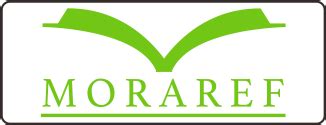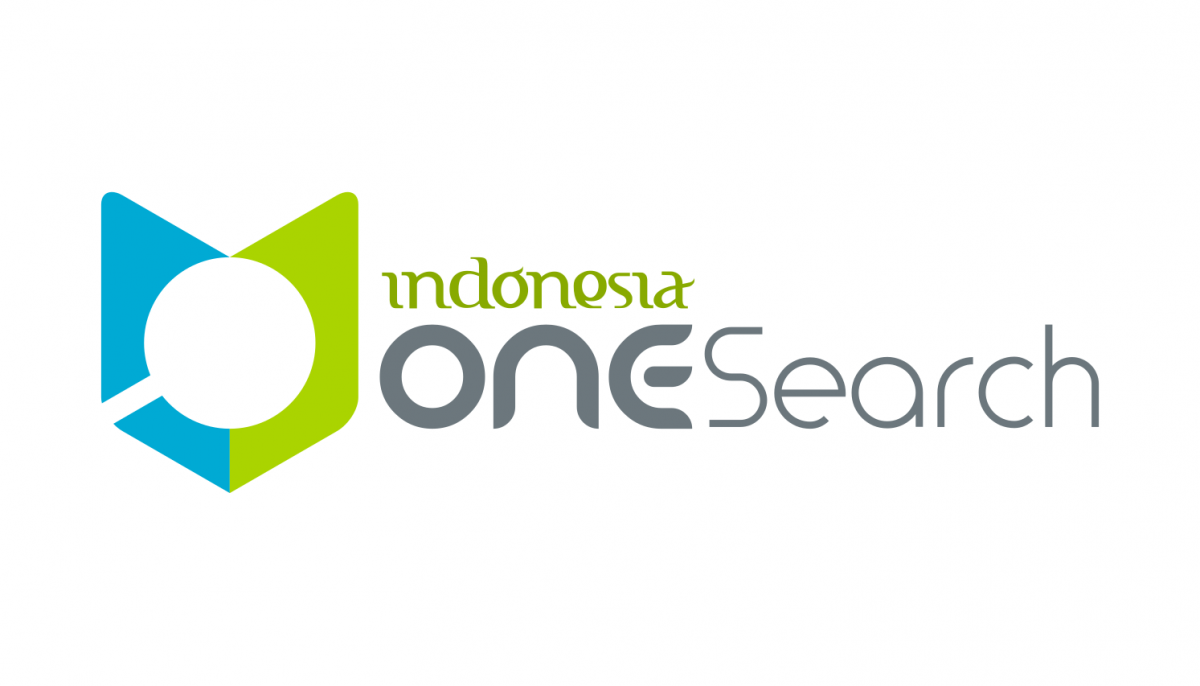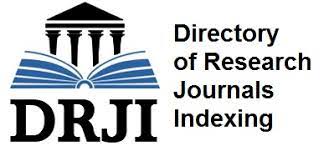The Relationship between a History of Exclusive Breastfeeding and Incidence of Stunting in Toddlers at The Purwantoro I Health Center
DOI:
https://doi.org/10.62358/mgii.v1i2.8Keywords:
malnutrition, history of exclusive breastfeeding , stuntingAbstract
Stunting is a malnutrition for a long time. Malnutrition will cause growth retardation disorders. The percentage of stunting under five nutritional status in Indonesia in 2021 is 24.4%. The factors that cause stunting is infants not getting exclusive breastfeeding. The aim of the study to determine the relationship between history of exclusive breastfeeding on the incidence of stunting in toddlers aged 24-59 months in the working area of Purwantoro I Health Center, Wonogiri Regency. This type of research is Cross Sectional. The sample for this study was toddlers aged 24-59 months who had met the inclusion criteria. The research subjects were 59 people spread across the work area of the Purwantoro I Health Center. The sampling technique was proportional cluster random sampling. History of exclusive breastfeeding was obtained from secondary data from the Purwantoro I Health Center. Data on stunting events were measured based on the nutritional status of children under five obtained from measurements using a microtoise. The data obtained were tested using the Chi Square test. History of toddlers receiving exclusive breastfeeding (0-6 months) was 67.8% and children who did not receive exclusive breastfeeding (0-6 months) were 32.2%. The relationship between history of exclusive breastfeeding and stunting in infants aged 24-59 months was p=0.005. There is a relationship between history of exclusive breastfeeding on the incidence of stunting in toddlers aged 24-59 months in the working area of Purwantoro I Health Center
References
Kemenkes. Peraturan Presiden Nomor 72 Tahun 2021 Tentang Percepatan Penurunan Stunting. Jakarta; 2021.
Kementerian Kesehatan RI. Profil Kesehatan Indonesia. Jakarta;2015.
United Nations. Sustainable Development Goals Trend and Tables Part I; 2017.
Astuti, E., & Norazizah, R. (2016). Hubungan Pengetahuan, Sikap, Status Ekonomi Dan Sosial Budaya Terhadap Status Gizi Batita Tahun 2016. Jurnal Berkala Kesehatan, 2(1):9-14
Kemenkes RI. (2018). Profil Kesehatan Indonesia 2017. Jakarta: Kemenkes RI.
Mugianti S, Mulyadi A, Anam AK, Najah ZL. Faktor penyebab anak stunting usia 25-60 bulan di Kecamatan Sukorejo Kota Blitar. Jurnal Ners Dan Kebidanan (Journal of Ners and Midwifery). 2018;5(3):268-278. DOI: 10.26699/jnk.v5i3.ART.p268–278
Noorhasanah E, Tauhidah NI, Putri MC. Faktor-faktor yang berhubungan dengan kejadian Stunting pada balita di wilayah kerja Puskesmas Tatah Makmur Kabupaten Banjar. Journal of Midwifery and Reproduction. 2020;4(1):13-20.
Rohmatun NY, Rustiningsih S, Rakhma LR, Gz S, Gizi M. Hubungan tingkat pendidikan ibu dan pemberian asi eksklusif dengan kejadian stunting pada balita di Desa Sidowarno Kecamatan Wonosari Kabupaten Klaten. [Skripsi]. Surakarta: Universitas Muhammadiyah Surakarta. 2014.
Putri AD, Ayudia F. Hubungan Pemberian Asi Eksklusif Dengan Kejadian Stunting Pada Anak Usia 6-59 Bulan Di Kota Padang. Jurnal Kesehatan Medika Saintika. 2020;11(2):91-6.
Latifah AM, Purwanti LE, Sukamto FI. Hubungan pemberian ASI eksklusif dengan kejadian stunting pada balita 1-5 tahun. Health Sciences Journal. 2020;4(1):142. DOI: 10.24269/hsj.v4i1.409
Suryani L. Hubungan Pemberian Asi Ekslusif Dengan Kejadian Stunting Pada Balita Di Wilayah Kerja Puskesmas Limapuluh Kota Pekanbaru. Jurnal Midwifery Update (MU). 2021;3(2):126-131.
Mangngi A, Manek B, Ilma N. Pendidikan Kesehatan Pemanfaatan Asi Ekslusif Dan Makanan Bergizi Sebagai Upaya Pencegahan Stunting di Desa Pukdale Kecamatan Kupang Timur Kabupaten Kupang. Jurnal Pengabdian Ilmu Kesehatan. 2022; 2(3):72-76. DOI: 10.55606/jpikes.v2i3.733
Downloads
Published
Issue
Section
License
Copyright (c) 2023 jesian viviandita, Sudrajah Warajati kisnawaty

This work is licensed under a Creative Commons Attribution-NonCommercial-ShareAlike 4.0 International License.
This work is licensed under CC BY-NC-SA 4.0
- Author is the copyright owner of all materials published on this website.
- The formal legal provisions for access to digital articles of this electronic journal are subject to the terms of the Creative Commons Attribution-NonCommercial-ShareAlike license (CC BY-NC-SA 4.0), which means that MEDIA GIZI ILMIAH INDONESIA journal and readers reserve the right to save, transmit media / format, manage in database, maintain, and publish articles as long as it continues to include the name of the Author.
- Published electronic manuscripts are open access for educational, research and library purposes. In addition to these objectives, the editorial board shall not be liable for violations of copyright law.





















